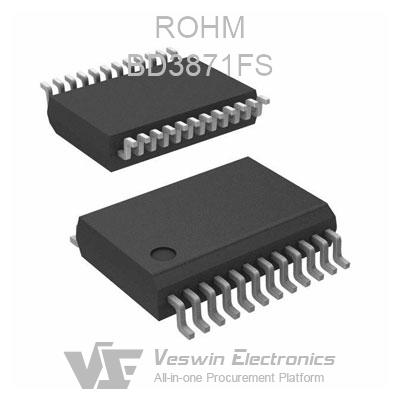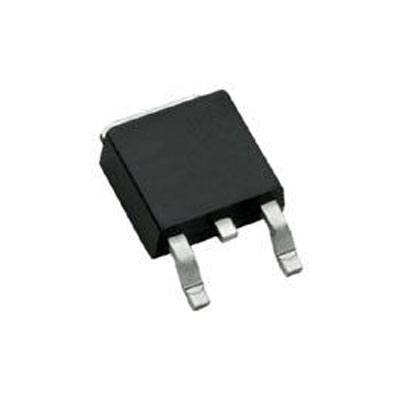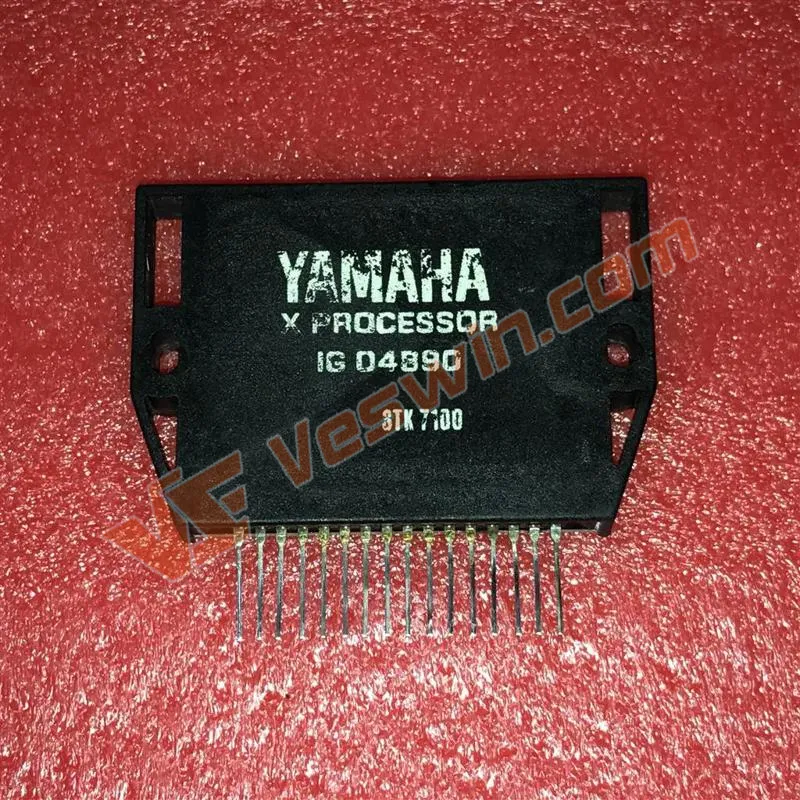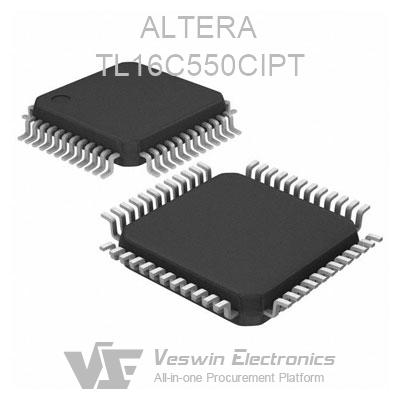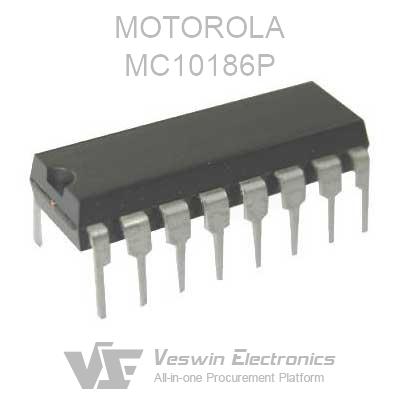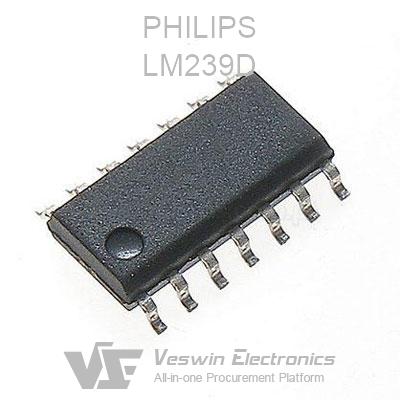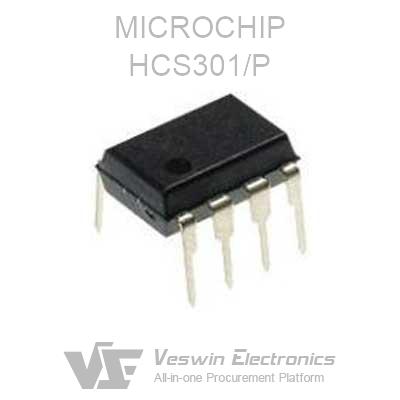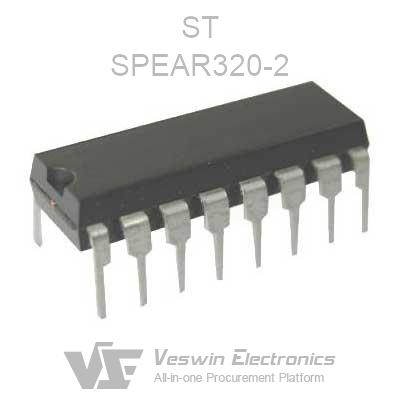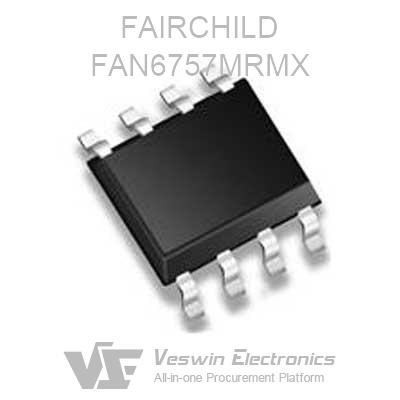A hexa-core processor is a type of central processing unit (CPU) that contains six independent processing cores on a single integrated circuit (IC) chip. Each core is a fully functional processing unit capable of executing instructions and performing calculations independently of the other cores. Hexa-core processors are designed to handle multiple tasks simultaneously and provide increased processing power compared to dual-core or quad-core processors.
The cores in a hexa-core processor can be identical in architecture or have different specifications, such as clock speed or cache size, depending on the specific design of the CPU. These cores work in parallel, dividing the workload among themselves, which allows for better multitasking performance and improved efficiency in handling complex tasks.
Hexa-core processors are commonly used in modern computers, laptops, servers, and high-end mobile devices. They are especially beneficial for tasks that require significant computational power, such as gaming, video editing, 3D rendering, scientific simulations, and running multiple virtual machines.
Intel's "Tick"-"Tock" pendulum pattern has been going on with some regularity. After the Core i7/i5 of the new Nehalem architecture was released in the "Tock" stage, Intel entered the "Tick" stage again, that is, to optimize the Nehalem architecture and update the manufacturing process, and the Westmere architecture was born. Compared with the Nehalem architecture, the biggest improvement of the Westmere architecture is not only the 32nm manufacturing process, but also the support for the AES instruction set. The Westmere architecture was first used in the Core i3 and Core i5 600 released in January, allowing more users to experience the latest products first, and the new six-core flagship Core i7 980X also uses the Westmere architecture.
Based on Westmere architecture, Core i7 980X adopts original six-core design, six cores are divided into two groups, every three cores are one group, six cores share 12MB L3 cache. Like the previous generation of Bloomfield Core i7, the i7 980X only integrates a three-channel memory controller and does not integrate a PCI-E controller. The CPU communicates with the motherboard chipset through the QPI bus. The i7 980X has 1.17 billion transistors, more than 400 million more than the previous i7 900 series, but the chip area is only 248 square millimeters, smaller than the 270 square millimeters of the i7 900 series, and the advantages of the 32nm process are fully displayed.
The X58 motherboard only needs to flash the latest BIOS to support i7 980X Core i7 980X still uses the LGA 1366 interface and is equipped with the X58 motherboard chipset. The previous X58 motherboard only needs to flash the latest BIOS to support this CPU, which is convenient for users to upgrade. In terms of specifications, the i7 980X inherits all the features of the quad-core i7, including turbo boost technology, hyper-threading technology, and three-channel memory technology.
Hyper-Threading technology (Hyper-Threading, referred to as HT), first appeared on Pentium 4 in 2002. It uses special hardware instructions to simulate a single physical core into two cores (logical cores), so that each core can Using thread-level parallel computing, it is compatible with multi-threaded operating systems and software, reducing CPU idle time and improving CPU operating efficiency. Core i7/i5/i3 introduces hyper-threading technology again, which will greatly enhance their multi-threading performance. Hyper-Threading Technology enables Core i7 980X to have 12 logical cores. Hyper-Threading Technology only consumes a small core area cost, and can provide significant performance improvement in the case of multitasking, which is cheaper than adding another physical core. Much better deal. In 2018, the six-core Core i7 980X supports 12 threads through hyper-threading technology, and 12 logical cores can be seen in the system. You can imagine the terrifying multi-thread performance of the i7 980X.
Turbo Boost, turbo frequency acceleration technology, which is based on the power management technology of the Nehalem architecture, intelligently shuts down some unused cores by analyzing the current CPU load, leaving energy for the cores in use, and making them run at a higher speed. A higher frequency will further improve performance; on the contrary, when the program requires multiple cores, the corresponding cores will be turned on and the frequency will be readjusted. In this way, the core operating frequency can be adjusted higher without affecting the TDP (thermal power design) of the CPU. When single-core rendering, Turbo Boost increases the frequency of i7 980X from 3.33G to 3.65G. For a simple example, if a game or software only uses one core, Turbo Boost technology will automatically shut down other cores, and the running game Or the frequency of that core of the software is increased to get the best performance. But unlike overclocking, Turbo Boost's automatic overclocking will not change the maximum power consumption of the CPU. It is worth noting that the Turbo Boost of i7 980X has only two states, single-core (frequency increased by 266MHz) and multi-core (frequency increased by 133MHz), which is slightly different from the current Core i5/i7.
Using intelligent caching technology, the 12MB ultra-large-capacity three-level cache inherits the advantages of the Nehalem architecture. The Core i7 980X of the Westmere architecture also adopts a three-level cache design and supports Smart Cache intelligent caching technology. The L1 and L2 caches are kernel caches with ultra-low latency. The L1 cache consists of 32KB instruction cache + 32KB data cache. 256KB of L2 cache per core. L3 adopts a shared design, and the capacity is increased from 8MB to 12MB, which is shared by six cores to ensure the maximum efficiency of six-core computing.
According to foreign media reports, AMD's first desktop six-core processor Phenom II X6 1000T series will be released in May 2010, about two months later than Intel's Core six-core processor launched in March. It is reported that the Phenom II X6 series six-core development code-named "Thuban", known to have five models 1090T, 1075T, 1055T, 1050T, 1035T, of which 1055T frequency is 2.8GHz, thermal design power consumption ranges from 95-125W, other specifications are completely Same: 45nm SOI process, Socket AM3 interface, 6×512KB L2 cache, 6MB L3 cache, HT bus frequency 2.4GHz. At the same time, there will be a new quad-core Phenom II X4 960T, which should be shielded from six cores, but the L3 cache will retain 6MB. In terms of chipsets, the matching 890GX, 890FX, 880G, 870G chipsets, etc. have been released one after another, but because the new processor is still AM3 interface, so the 790GX, 790FX, 785G chipset motherboards in 2018 only need to update the BIOS to provide support . With the increasing number of processor cores, in 2010 the two camps will unify the transition of high-end products to six cores. I believe that in the middle of the year, we will see this series of products on the market, and the price will be higher ( Some of AMD's products may be priced at 1,000 yuan), and it still takes a long transition period to become mainstream.
How many cores does hexa have?
A hexa-core processor has six cores. "Hexa" is a prefix that means six, so a hexa-core CPU contains six independent processing cores on a single chip. Each core can handle instructions and perform calculations independently, allowing for better multitasking and improved performance in tasks that require significant computational power.
What is the difference between i5 and Ryzen 5 hexa-core?
Manufacturer and Architecture
Intel Core i5: Manufactured by Intel, these processors are based on various microarchitectures, such as Skylake, Kaby Lake, Coffee Lake, and more. Each generation of Core i5 processors may have different performance and feature improvements.
AMD Ryzen 5: Manufactured by AMD, these processors are based on the Zen or Zen+ (e.g., Ryzen 5 2000 series) and Zen 2 (e.g., Ryzen 5 3000 series) architectures. Ryzen 5 processors offer features like simultaneous multithreading (SMT), which means each core can handle two threads, effectively doubling the number of available threads.
Hyper-Threading (SMT)
Intel Core i5: Traditionally, Core i5 processors do not support Hyper-Threading, so they have the same number of cores and threads (e.g., 6 cores and 6 threads for hexa-core i5 CPUs).
AMD Ryzen 5: Most Ryzen 5 processors do support SMT, enabling them to handle two threads per core. For hexa-core Ryzen 5 CPUs, this means 6 physical cores can handle 12 threads.
Clock Speed and Performance
Both Intel Core i5 and AMD Ryzen 5 processors offer various clock speeds and performance levels depending on the specific model and generation. Comparing clock speeds alone may not provide a complete picture of performance, as other factors like IPC (instructions per clock) and cache size also come into play.
Integrated Graphics
Intel Core i5: Many Core i5 processors come with integrated graphics, denoted by the "Intel UHD Graphics" or "Iris Xe Graphics" designation. This is particularly useful for systems without dedicated graphics cards.
AMD Ryzen 5: Most Ryzen 5 processors do not have integrated graphics, requiring a separate graphics card for display output.
Platform and Socket
Intel Core i5: Core i5 processors generally use Intel's LGA (Land Grid Array) sockets, such as LGA 1151 for the 9th and 10th Gen, or LGA 1200 for the 10th Gen and 11th Gen.
AMD Ryzen 5: Ryzen 5 processors use AMD's AM4 socket, which offers good platform longevity and compatibility across multiple generations.
Is hexa core better than quad core? (quad-core vs hexa-core)
Whether a six-core (6-core) processor is better than a quad-core (4-core) processor depends on the specific use case and the performance requirements of the tasks you intend to perform. Both hexa-core and quad-core processors have their own advantages and disadvantages. If you frequently run demanding multitasking workloads or applications optimized for multi-core CPUs, a six-core processor may be a better choice. On the other hand, if your tasks are less computationally intensive or you're on a tight budget, a quad-core processor might be a better fit.
How much is hexa core?
For mid-range consumer processors, six-core CPUs typically fall into the mid-range pricing category. In general, six-core processors are likely to cost more than quad-core processors, but less than eight-core (8-core) or higher core-count processors.
For desktop CPUs, six-core processors from the Intel Core i5 and AMD Ryzen 5 series are usually priced competitively, ranging from $150 to around $400, depending on the model and generation.
When it comes to laptop CPUs, hexa-core processors tend to be more common in higher-end models, and can vary widely in price depending on the laptop's overall specs and brand. Generally speaking, laptops with six-core processors are more expensive than those with lower-core processors.
What is ryzen 5 hexa core?
The Ryzen 5 six-core processor is part of AMD's Ryzen 5 series of CPUs. These processors are designed for mainstream users who want a good balance of performance and value. Ryzen 5 hexa-core processors have six cores and are typically equipped with simultaneous multithreading (SMT) technology, which allows each core to process two threads simultaneously.
Exact models and specifications of Ryzen 5 hexa-core processors may vary by generation and specific SKU. AMD has released multiple generations of Ryzen processors, each of which may offer different levels of performance and features.
is hexa core better than octa core
Both six-core and eight-core processors have their own advantages and disadvantages. If you regularly run a lot of multi-threaded applications and multitask with resource-intensive tasks, an eight-core processor may be a better choice. On the other hand, if your tasks are less computationally intensive or you're on a tight budget, a six-core processor might be a better fit.
Is hexa core good for gaming
Yes, hexa-core processors are generally fine for gaming, especially when paired with a powerful graphics card. While game performance relies heavily on the Graphics Processing Unit (GPU), the performance of the CPU can still affect the overall gaming experience, especially in CPU-intensive games and scenarios.
Hot News
